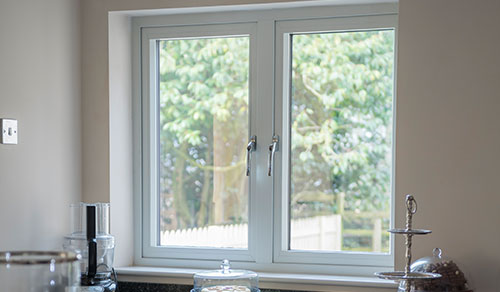Double Glazing Installation Made Easy
 Consuelo
0
49
Consuelo
0
49
If you’re looking to upgrade your home and cut down on energy bills, few upgrades can match the benefits of double glazing installation.

What Is Double Glazing?
When we talk about double glazing, we mean windows that feature two panes of glass separated by a layer of air or gas. This design helps to reduce heat transfer, keeping your home insulated against both cold and heat.
Today’s double glazed windows also often include energy-efficient technologies like Low-E coatings and gas infill to further enhance performance.
Top Reasons to Install Double Glazing
Homeowners across the country are turning to double glazing for good reasons. Here are some of the main benefits:
- Better energy efficiency means you save on heating and cooling costs.
- Noise Reduction: Keep out unwanted noise from traffic, neighbors, or the outdoors.
- Protect your home with the added security of double glazed windows.
- Boost the market value of your property with upgraded windows.
Planning Your Double Glazing Installation
Before the installation process begins, consider the following steps:
First, assess which windows need upgrading. Single-glazed or damaged windows should be your priority.
Then, select your window design and material. uPVC is popular for its affordability and durability, while timber offers a more traditional look and aluminum provides a sleek, modern finish.
Hiring a Professional Installer
While DIY installation is possible, hiring a professional is usually the best choice.
Check that your installer has FENSA or CERTASS certification to ensure compliance with building regulations. Request testimonials, browse reviews, and compare pricing carefully.
A trusted company will oversee the full process, from survey to finish.
Step-by-Step Double Glazing Installation
On the day of your double glazing installation, the process typically unfolds as follows:
- First, your installers will prepare the area to prevent mess.
- Removal: Old windows are carefully removed without damaging the surrounding structure.
- Installation: The new double glazed units are fitted, aligned, and sealed.
- The final step includes sealing, adding hardware, and cleaning up.
Most installations take one to two days, depending on the number of windows and site conditions.
Common Challenges and Solutions
Sometimes, unexpected issues can arise during installation. For instance, damaged frames or structural problems may be uncovered when old windows are removed.
Experienced installers will know how to address these problems quickly. Stay in touch with your installer and ask for updates if problems arise.
Aftercare and Maintenance
After the installation is complete, proper care will keep it performing well for years. Clean the glass regularly using mild detergent and water.
Monitor the seals over time to make sure they stay airtight. If you notice condensation between the panes, contact your installer—it could indicate a failed seal.
Lubricate the hinges and locks annually to ensure smooth operation.
Environmental Impact and Sustainability
Installing double glazing has environmental advantages as well. By reducing energy consumption, double glazing contributes to fewer greenhouse gas emissions.
Manufacturers increasingly use sustainable materials and practices. Discuss green options with your supplier.
How Much Does Double Glazing Cost?
Double glazing prices depend on window dimensions, frame materials, and style. Generally, homeowners can expect to pay £400–£600 per window, but prices rise for luxury features.
Although the initial investment can feel steep, the long-term savings on energy bills and the added value to your home often make double glazing a worthwhile upgrade.
Conclusion
Double glazing installation is one of the smartest home improvements you can make. It improves comfort, boosts efficiency, enhances security, and adds value.
By selecting trusted professionals and caring for your windows, you can enjoy the many benefits of double glazing for years to come.

